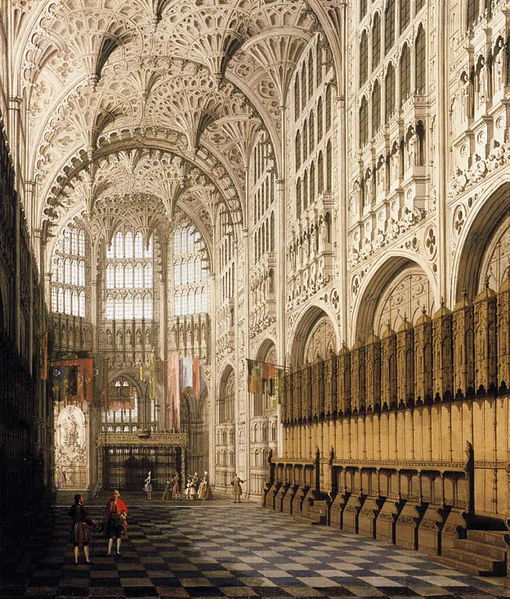Reformed confessions of faith
The reformed confessions of faith are the confessional documents of various Reformed churches. These express the doctrinal views of the churches adopting the confession. Confessions play a crucial part in the theological identity of reformed churches, either as standards to which ministers must subscribe, or more generally as accurate descriptions of their faith. Most confessions date to the 16th and 17th century.
The Westminster Confession. Title page, 1st ed.
The Belgic Confession.
The Westminster Confession and catechisms were produced by a committee rather than a single author.
German Theologian Michael Landgraf portraying a reenactment of Zacharias Ursinus, principal author of the Heidelberg Catechism.
The Westminster Assembly of Divines was a council of divines (theologians) and members of the English Parliament appointed from 1643 to 1653 to restructure the Church of England. Several Scots also attended, and the Assembly's work was adopted by the Church of Scotland. As many as 121 ministers were called to the Assembly, with nineteen others added later to replace those who did not attend or could no longer attend. It produced a new Form of Church Government, a Confession of Faith or statement of belief, two catechisms or manuals for religious instruction, and a liturgical manual, the Directory for Public Worship, for the Churches of England and Scotland. The Confession and catechisms were adopted as doctrinal standards in the Church of Scotland and other Presbyterian churches, where they remain normative. Amended versions of the Confession were also adopted in Congregational and Baptist churches in England and New England in the seventeenth and eighteenth centuries. The Confession became influential throughout the English-speaking world, but especially in American Protestant theology.

This painting by John Rogers Herbert depicts a particularly controversial speech before the Assembly by Philip Nye against presbyterian church government.
This 1645 satirical print depicts Archbishop William Laud and Puritan Henry Burton. Burton's ears have been cut off as punishment for criticizing Laud. Their dialogue references Laud's impending beheading following his trial by Parliament.
The Henry VII Chapel in Westminster Abbey, the Assembly's first meeting place, in a painting by Canaletto
Samuel Rutherford was one of the most prominent of the Scottish commissioners.







